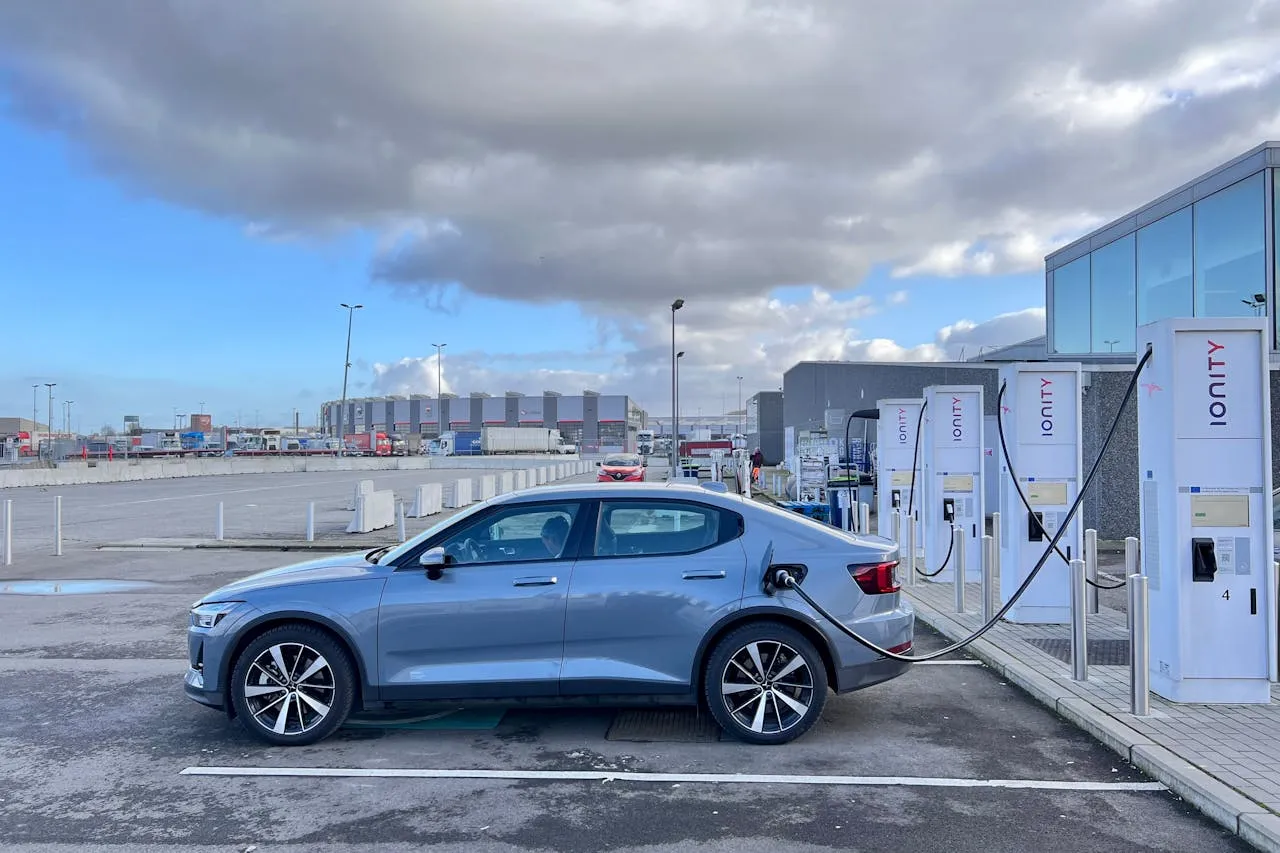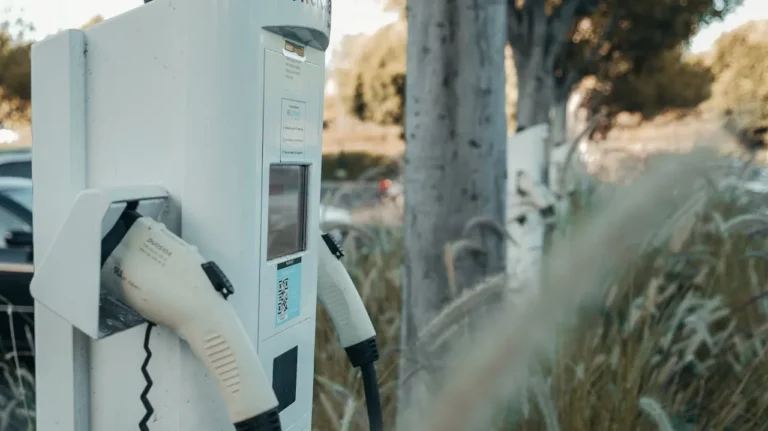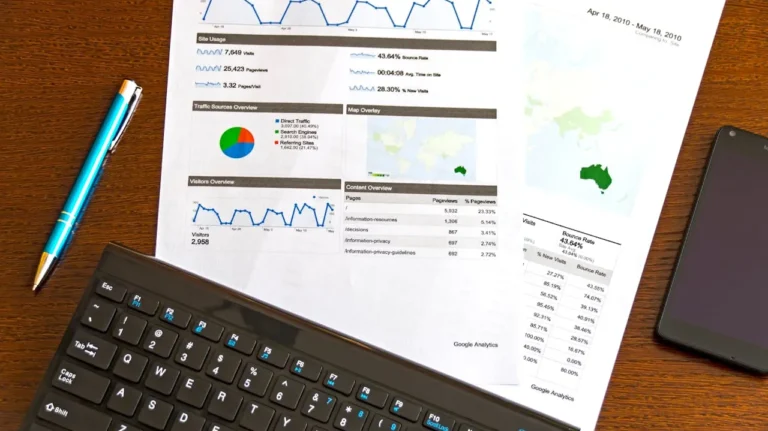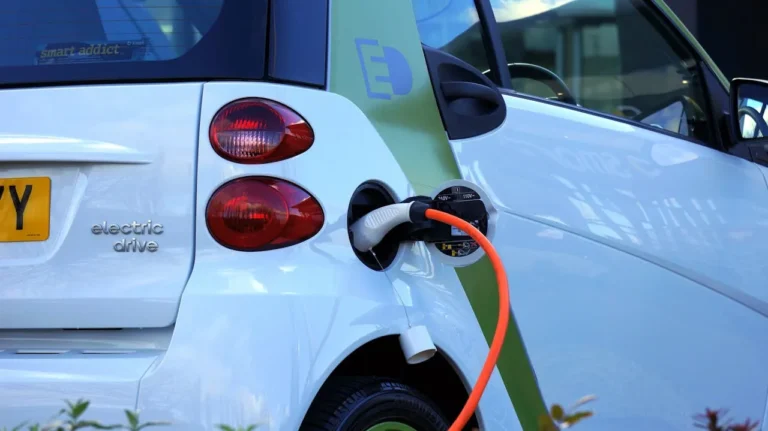
EV Battery Technologies and Supply Chain Management (2025–2035): Market Outlook, China’s Dominance, and Geopolitical Risks
Edition 2025: EV Battery Technologies and Supply Chain Management, 2025–2035,” offering an in-depth examination of one of the most transformative sectors in the global clean energy transition. As electric vehicles (EVs) continue their rapid evolution, batteries remain the cornerstone of progress—powering innovation, defining regional competitiveness, and challenging global supply chains.
The report outlines key battery technology trends, forecasts market growth, identifies strategic risks, and examines how regulatory shifts and geopolitical dynamics—particularly China’s dominance and the threat of new tariffs—are reshaping the future of the EV battery industry.
The Electric Vehicle Surge: A Decade of Growth Ahead
The EV industry is entering a decade of unprecedented growth. Global EV sales are projected to surge from approximately 4% of new car sales in 2020 to between 20–30% by 2030. This rapid acceleration is underpinned by three fundamental trends:
- Declining Battery Prices: Lower cost per kilowatt-hour (kWh) is reducing the price gap between internal combustion engine (ICE) vehicles and EVs.
- Expanded Charging Infrastructure: Global investments are rapidly expanding public and private charging networks, removing range anxiety.
- Government Mandates: Countries across the EU, as well as the U.S. and China, are implementing aggressive policies to phase out ICE vehicles by 2035.
As battery energy density increases—potentially doubling in the coming years—range anxiety is expected to fade. New technologies may push EV range beyond 500 miles, with ultra-fast charging technology reducing full charges to under 10 minutes.
Technology Disruption: The Evolution of Battery Chemistries
Battery innovation is advancing on several fronts, creating both opportunity and disruption. While lithium-ion technology continues to dominate, the market is diversifying into alternative chemistries that balance cost, safety, and performance.
1. Lithium-Ion Technologies
- Nickel Manganese Cobalt (NMC): Popular in long-range vehicles due to high energy density.
- Lithium Iron Phosphate (LFP): Gaining rapid adoption due to lower cost and better thermal stability. By 2023, LFP accounted for 41% of global battery capacity, with two-thirds of Chinese EVs using LFP chemistry.
2. Emerging Technologies
- Sodium-Ion: Commercialization began in 2023 (e.g., BYD, CATL). Offers a 20% cost reduction and is ideal for city EVs and grid storage.
- Solid-State Batteries: Promising dramatic increases in range and safety. Pioneers like Toyota and QuantumScape are leading development, though commercial viability is expected closer to 2030.
3. Innovative Configurations
- Dual-Ion and Bipolar LFP Batteries: Offer improved charging speeds and voltage performance, although cycle life and cost remain barriers.
The report suggests that while solid-state batteries could eventually exceed 600-mile ranges, lithium-ion chemistries will remain dominant through 2035 due to cost and scalability advantages.
Global Competitive Landscape: A Geopolitical Power Play
The EV battery market is not just a technological race—it is a geopolitical contest. China currently holds a commanding lead, controlling more than 70% of global EV battery production. Key players like CATL (37.9% global market share in 2024) and BYD (17.2%) leverage scale, government subsidies, and low labor costs to dominate.
Regional Highlights:
- China: Maintains a 51%+ market share, driven by massive LFP deployment and vertical integration. Export capacity is growing, raising trade concerns globally.
- North America: Since 2021, the U.S. has attracted over $210 billion in EV-related investment. Tesla, Ford, and SK On are leading efforts to localize production, though costs remain 20% higher than in China.
- Europe: Struggling with high costs—up to 50% more than China—and logistical challenges. Notably, the collapse of Northvolt highlights the difficulty of building competitive European supply chains despite ambitious gigafactory targets.
- Asia-Pacific (ex-China): Countries like India and South Korea are emerging as key players. India, for instance, saw a 70% YoY increase in EV registrations in 2023, supported by the FAME II incentive scheme.
Market Sizing and Forecasts (2025–2035)
The report provides detailed forecasts for the EV battery market, projecting rapid expansion over the next decade:
- Global Installed Battery Capacity (GWh): Significant growth is forecast from 2024 through 2035.
- Technology Split (2025–2035): LFP and NMC remain dominant, but solid-state and sodium-ion technologies begin to claim market share after 2030.
- Regional Market Sizes: North America, Europe, China, and APAC are analyzed independently with projections on gigafactory capacity, production output, and investment flows.
Strategic Insights for Industry Stakeholders
The report offers actionable strategies for stakeholders navigating a rapidly evolving industry:
Key Strategic Takeaways:
- Vertical Integration: OEMs like Tesla are internalizing battery production. Suppliers must adapt by offering high-performance or niche solutions.
- Geopolitical Diversification: Sourcing raw materials from friendly jurisdictions and recycling will be essential to reduce dependence on China.
- Technology Investment: Companies must continue to invest in emerging technologies like solid-state, silicon anodes, and AI-based Battery Management Systems (BMS).
- Sustainability and Recycling: Second-life batteries and closed-loop recycling can reduce material costs by up to 30% and are expected to become a competitive differentiator.
Addressing Critical Questions
The study addresses essential industry questions, including:
- What will be the disruptive battery technologies between now and 2035?
- How will U.S. and EU tariffs on Chinese batteries impact global supply chains?
- What are the most profitable R&D paths for battery materials?
- Which new markets—like India or Poland—offer the best investment opportunities?
- How can suppliers manage volatility in lithium and cobalt pricing?
Key Challenges Identified
- Raw Material Price Spikes: Lithium prices have seen 300%+ increases, pressuring margins across the value chain.
- China-West Decoupling: New tariffs and national policies may reshape global sourcing and production strategies.
- Technology Delays: Solid-state development lags projections, posing a risk to OEM roadmaps.
- Subsidy Uncertainty: Changes in tax credits and policy incentives can disrupt long-term planning.
Competitive Landscape and Market Players
The report provides benchmarking, joint venture analysis, and company profiles for major players across the battery value chain:
Major Companies Covered:
- Battery Manufacturers: CATL, BYD, LG Energy Solution, Panasonic, SK On, Northvolt, Samsung SDI, QuantumScape, Solid Power
- OEMs and Integrators: Tesla, NIO, GM, Ford
- Charging and Infrastructure: ChargePoint, Electrify America, IONITY, ABB, SparkCharge, Ample
- Innovators and Startups: Our Next Energy (ONE), Romeo Power, Microvast, Freyr Battery, ProLogium, Nexeon
The EV battery industry is entering a transformative era defined by technological breakthroughs, geopolitical competition, and growing regulatory scrutiny. While China continues to dominate, new tariffs, sustainability imperatives, and regional investments are reshaping the market landscape.
For OEMs, suppliers, and investors, the path forward hinges on innovation, agility, and strategic supply chain diversification. As the EV transition accelerates, those who invest in next-gen battery technologies and resilient ecosystems will be best positioned to lead the charge through 2035.







